Home>Gardening & Outdoor>Landscaping Ideas>How To Get Rid Of Dead Grass After Winter
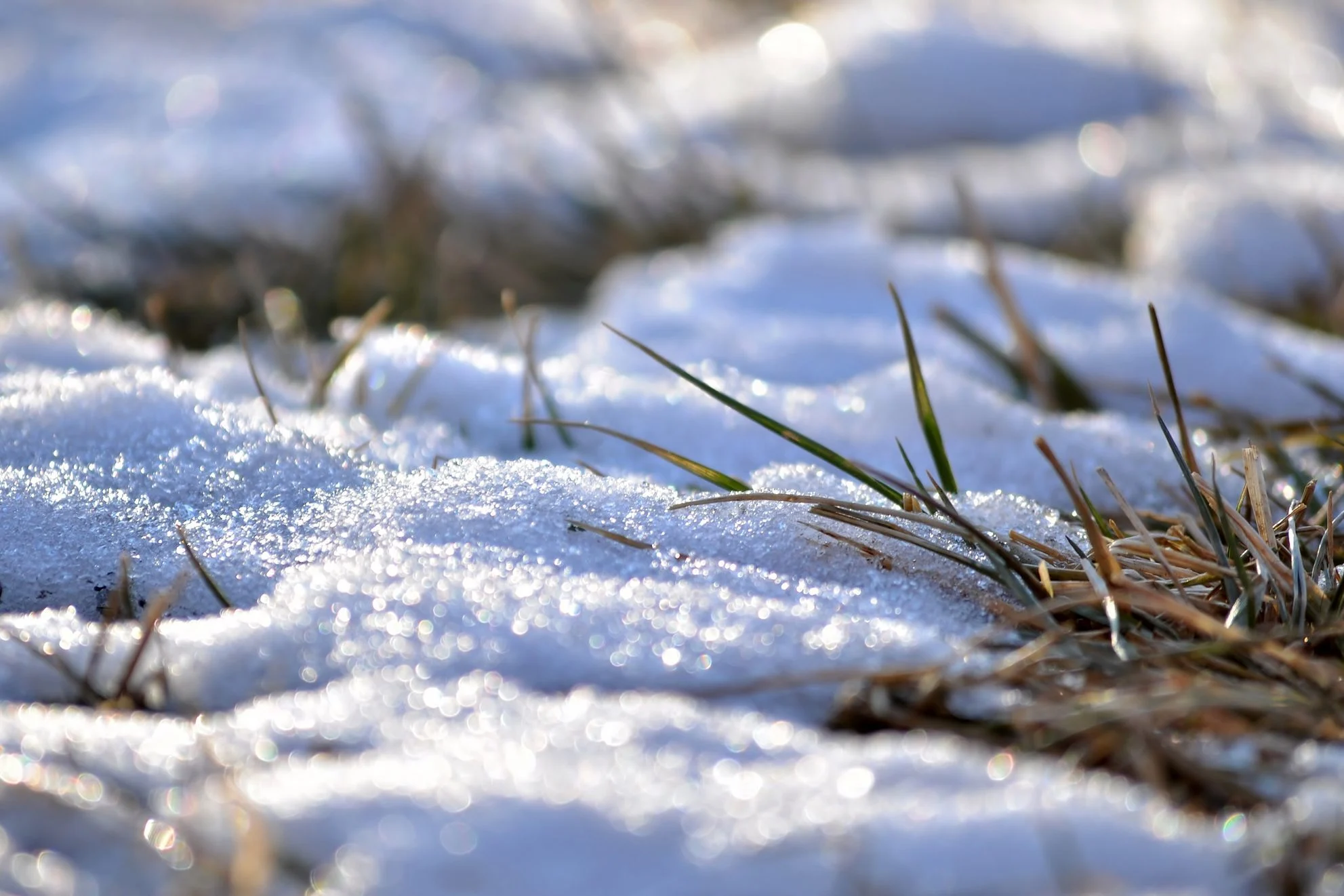

Landscaping Ideas
How To Get Rid Of Dead Grass After Winter
Modified: February 18, 2024
Learn effective landscaping ideas to remove dead grass after winter and revive your lawn. Discover expert tips for restoring your yard's lush greenery.
(Many of the links in this article redirect to a specific reviewed product. Your purchase of these products through affiliate links helps to generate commission for Storables.com, at no extra cost. Learn more)
Introduction
Welcome to the post-winter lawn revival guide! As the frost thaws and the first signs of spring emerge, many homeowners are faced with the unsightly aftermath of winter: dead grass. The harsh winter conditions, including freezing temperatures, snow, and ice, can take a toll on your lawn, leaving patches of dead, brown grass in its wake. However, fear not! With the right approach and a little elbow grease, you can restore your lawn to its former lush green glory.
In this comprehensive guide, we will delve into the causes of dead grass after winter, the steps to effectively get rid of it, and proactive measures to prevent its recurrence. By the end of this article, you will be equipped with the knowledge and strategies to rejuvenate your lawn and maintain its health and vibrancy throughout the seasons.
Key Takeaways:
- Revive your lawn after winter by clearing dead grass, overseeding, and providing proper care. Prevent future dead grass by watering, mowing, aerating, fertilizing, and professional maintenance.
- Transform your lawn from winter’s aftermath to a lush, vibrant landscape. Clear, overseed, and nurture for revival. Prevent future dead grass with watering, mowing, aeration, fertilization, and professional care.
Understanding Dead Grass After Winter
Dead grass after winter is a common sight in many lawns, and understanding the underlying causes is crucial in devising an effective plan for revival. Several factors contribute to the demise of grass during the winter months:
- Winter Desiccation: Winter desiccation occurs when the grass blades lose moisture faster than they can absorb it. This often happens during periods of prolonged cold and dry conditions, leading to the dehydration and eventual death of the grass.
- Snow Mold: In regions with heavy snowfall, snow mold can wreak havoc on lawns. This fungal disease thrives beneath the snow cover, causing patches of matted, dead grass to appear as the snow melts.
- Ice Damage: The formation of ice on the grass can result in physical damage, leading to bruising and breakage of the grass blades. This damage, compounded by the weight of snow or ice, can contribute to the development of dead spots in the lawn.
- Soil Compaction: Winter conditions can lead to soil compaction, inhibiting the movement of air, water, and nutrients to the grass roots. Compacted soil can suffocate the grass, leading to weakened growth and eventual death.
It’s important to assess the specific conditions that have impacted your lawn to determine the most appropriate course of action for revival. By understanding the causes of dead grass after winter, you can tailor your approach to effectively address the underlying issues and promote healthy regrowth.
Steps to Get Rid of Dead Grass
Reviving your lawn from the clutches of winter’s aftermath requires a systematic approach. Here are the essential steps to get rid of dead grass and pave the way for a rejuvenated, thriving lawn:
- Assessment and Clearing: Begin by assessing the extent of the damage. Identify the areas with dead grass and clear away any debris, such as fallen branches or accumulated thatch, to allow for a clear view of the affected areas.
- Raking and Dethatching: Utilize a sturdy rake to gently dethatch the affected areas, removing the layer of dead grass, roots, and debris. This process helps aerate the soil and promotes better water and nutrient absorption for the regrowth of healthy grass.
- Overseeding: Once the dead grass and thatch have been cleared, overseeding the affected areas can facilitate the growth of new grass. Choose high-quality grass seed that is suitable for your region and lawn conditions, and evenly distribute it over the prepared soil.
- Topdressing: Applying a thin layer of topsoil or compost over the newly seeded areas can provide essential nutrients and support optimal germination and growth of the new grass.
- Watering and Fertilizing: Keep the newly seeded areas consistently moist by watering lightly and frequently. Additionally, consider applying a high-quality fertilizer to provide the necessary nutrients for robust grass growth.
- Monitoring and Maintenance: Regularly monitor the progress of the newly seeded areas, ensuring adequate moisture and addressing any signs of stress or potential issues. As the new grass begins to establish, adjust your lawn care practices to promote overall health and vitality.
By diligently following these steps, you can effectively eliminate dead grass and set the stage for a lush, rejuvenated lawn that will thrive throughout the seasons.
To get rid of dead grass after winter, use a rake to remove the dead grass and thatch. Then, overseed the area with new grass seed and water regularly to promote new growth.
Preventing Dead Grass in the Future
While addressing the aftermath of dead grass is essential, taking proactive measures to prevent its recurrence is equally crucial. Implementing effective lawn care practices can fortify your lawn against the detrimental effects of winter and promote its resilience. Here are key strategies for preventing dead grass in the future:
- Adequate Watering: Proper watering is essential for maintaining healthy grass. During dry periods, ensure that your lawn receives sufficient water to prevent dehydration and winter desiccation. Deep, infrequent watering encourages robust root growth, enhancing the grass’s ability to withstand environmental stress.
- Mowing Practices: Adjust your mowing height to promote the development of strong, resilient grass. Taller grass shades the soil, reducing moisture evaporation and minimizing the impact of temperature fluctuations. Additionally, refrain from mowing wet grass to prevent compaction and damage.
- Aeration: Regular aeration alleviates soil compaction, allowing for improved air, water, and nutrient penetration to the grass roots. This promotes healthier growth and enhances the lawn’s ability to withstand winter stressors.
- Fertilization: Implement a well-planned fertilization schedule to provide essential nutrients for the grass. A balanced fertilizer regimen supports robust growth and enhances the lawn’s resilience to winter challenges.
- Overseeding and Reseeding: Periodically overseed your lawn to introduce new grass varieties and fill in thin or damaged areas. This practice promotes a denser, more resilient lawn that can better withstand winter stress and recover more effectively.
- Snow Management: When snow blankets your lawn, avoid piling excessive snow in specific areas, as this can lead to prolonged snow cover and increase the risk of snow mold. Shoveling or using a snow blower to evenly distribute snow can help mitigate potential damage.
- Professional Maintenance: Consider enlisting the expertise of lawn care professionals for comprehensive maintenance, including seasonal treatments, pest control, and tailored care to bolster your lawn’s vitality and resilience.
By integrating these preventive measures into your lawn care routine, you can fortify your grass against winter-related challenges and cultivate a resilient, vibrant lawn that thrives throughout the year.
Conclusion
As the remnants of winter give way to the promise of spring, the task of reviving your lawn from the grips of dead grass becomes a rewarding endeavor. By understanding the factors contributing to dead grass after winter and implementing strategic measures, you can breathe new life into your lawn and set the stage for lush, vibrant growth.
From the meticulous process of clearing and overseeding to the proactive steps for preventing future occurrences, your dedication to nurturing your lawn will yield a resilient and thriving landscape. Embracing effective lawn care practices, such as proper watering, aeration, and regular maintenance, will fortify your grass against the challenges of winter and promote its enduring health and beauty.
Remember, the journey to a flourishing lawn is a continuous endeavor that requires attentiveness and care. By incorporating the insights and strategies outlined in this guide, you can embark on a path to a resilient, verdant lawn that enhances the beauty of your outdoor space and provides a welcoming retreat for all to enjoy.
As you embark on this revitalizing journey, may your lawn flourish with renewed vigor, serving as a testament to your dedication and the bountiful rewards of nurturing nature’s green canvas.
Frequently Asked Questions about How To Get Rid Of Dead Grass After Winter
Was this page helpful?
At Storables.com, we guarantee accurate and reliable information. Our content, validated by Expert Board Contributors, is crafted following stringent Editorial Policies. We're committed to providing you with well-researched, expert-backed insights for all your informational needs.


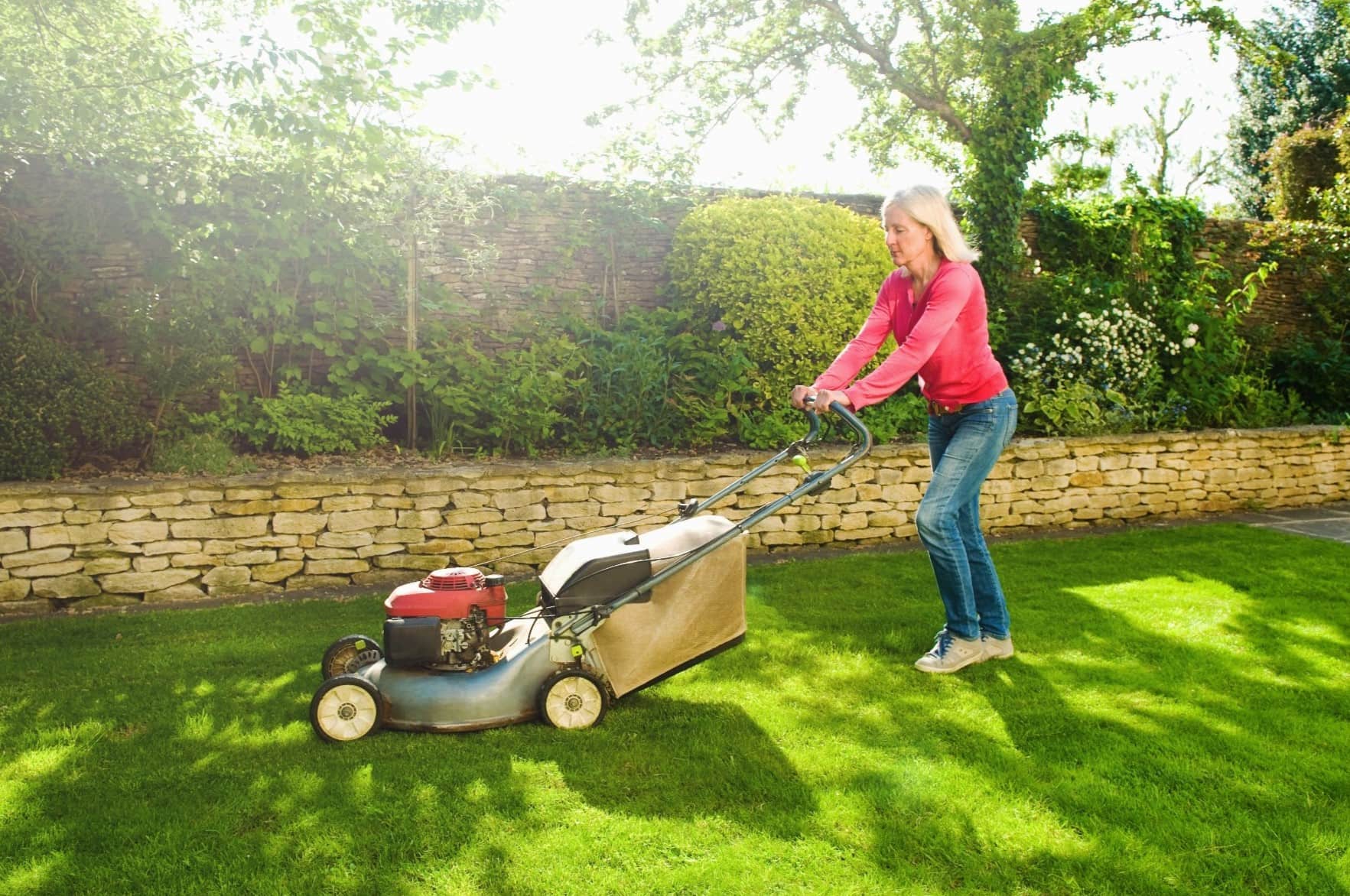
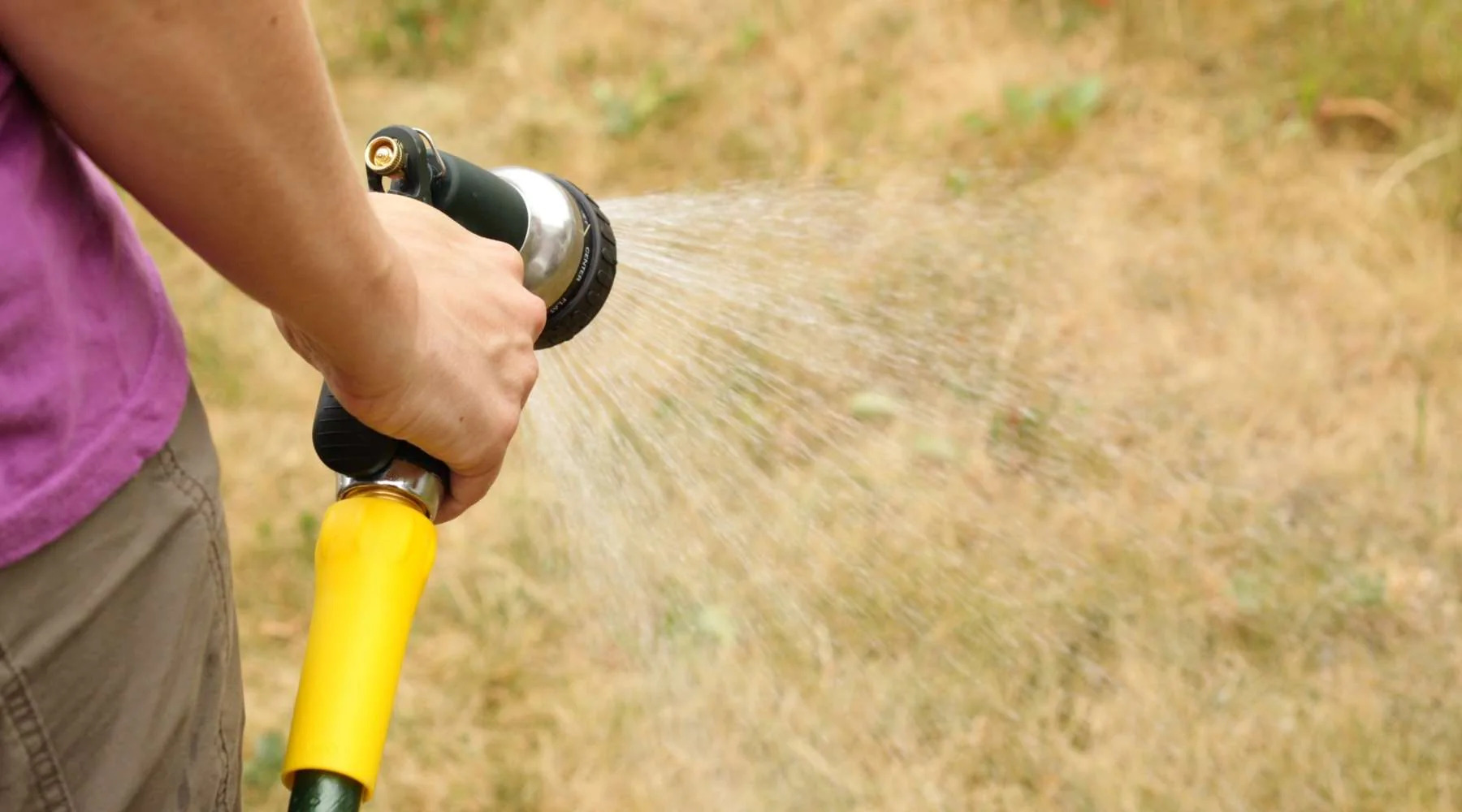

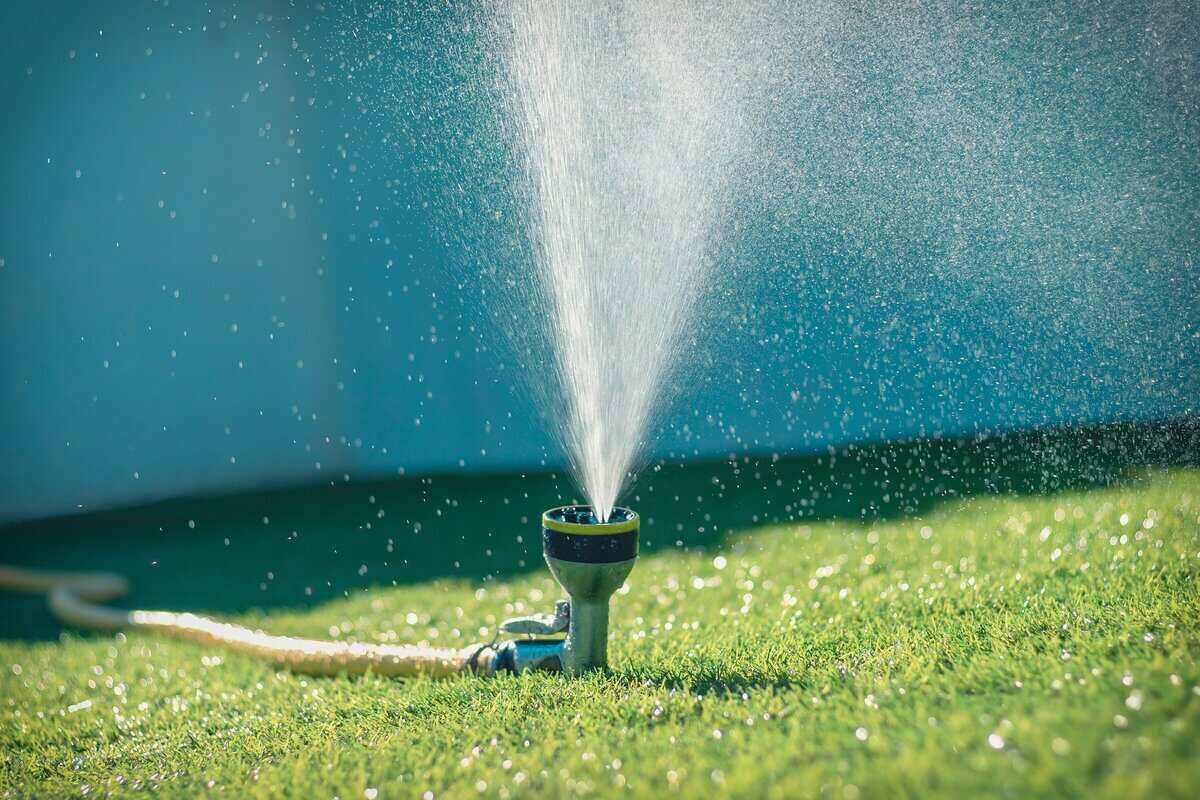







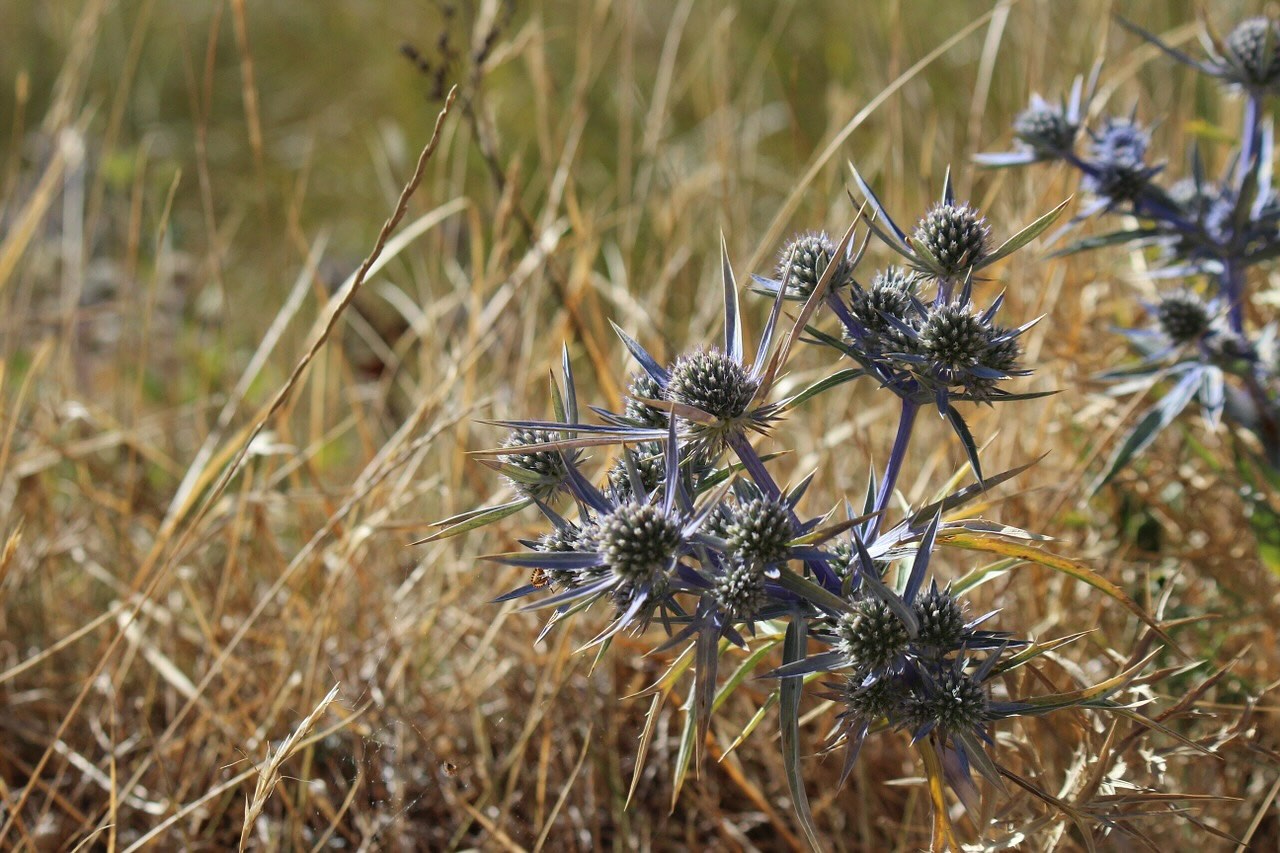
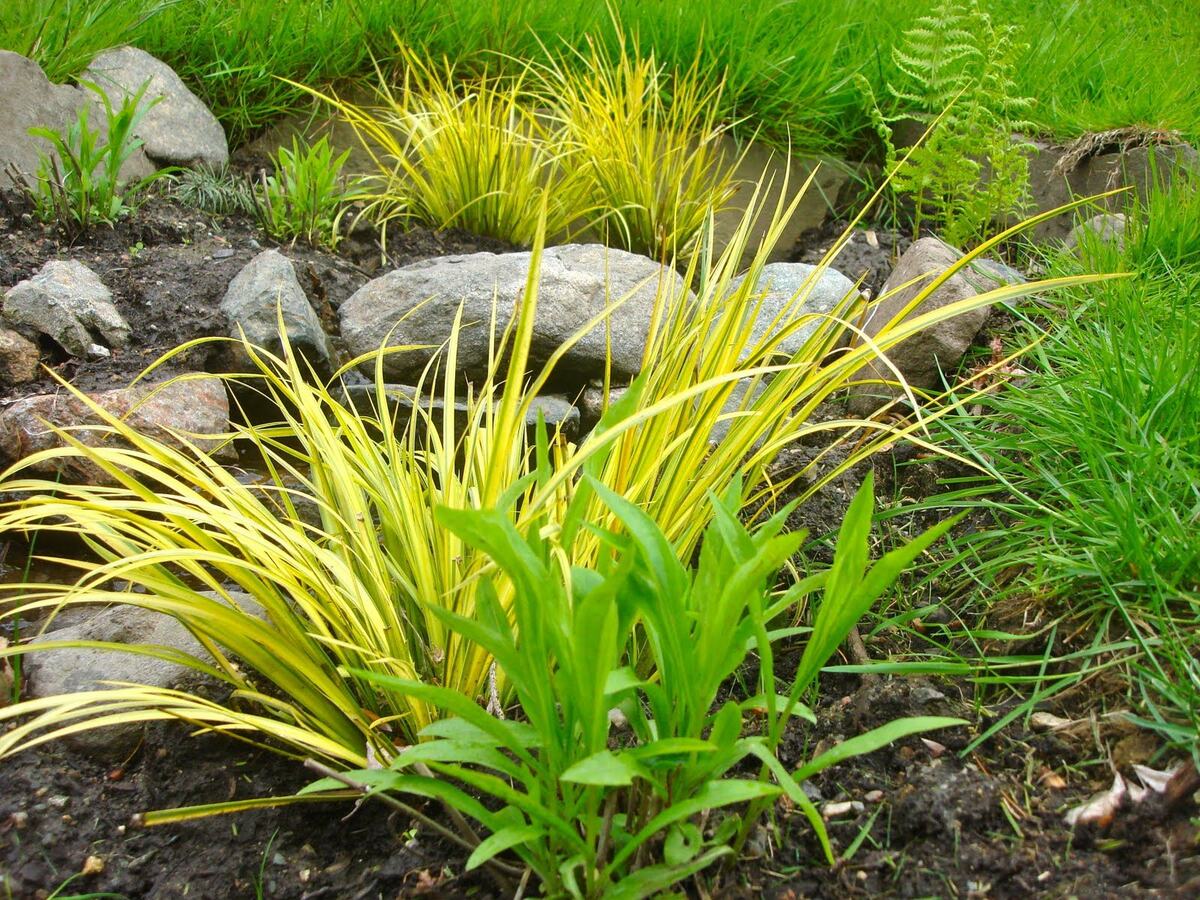

0 thoughts on “How To Get Rid Of Dead Grass After Winter”